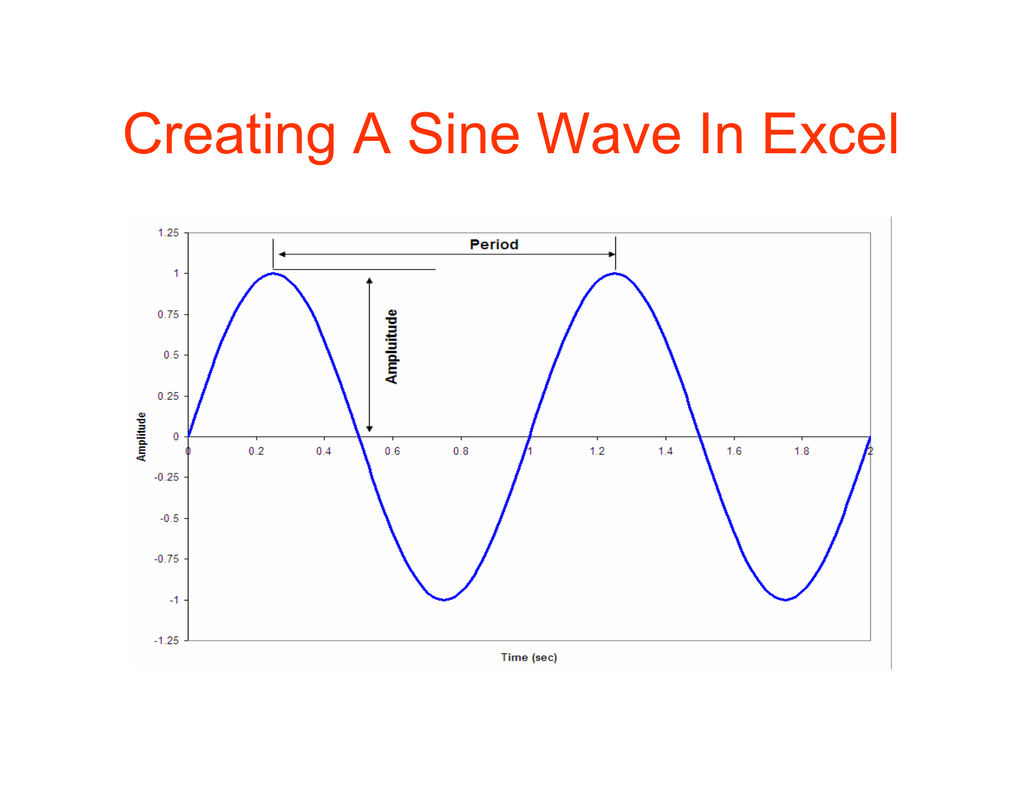

However, connection of the total or relativistic energy with the rest or invariant mass requires consideration of the system’s total momentum, in systems and reference frames where the total momentum (of magnitude p) has a non-zero value. In our case, the initial velocity of the baseball is and its final velocity is, where the negative sign indicates that the ball is traveling in the opposite direction. Write the impulse equation in terms of mass and velocity. It is also correct if the energy is the rest or invariant energy (also the minimum energy), and the mass is the rest mass, or the invariant mass. Correct answer: Explanation: To calculate the impulse, know that it is equal to the change in momentum. In inertial reference frames other than the rest frame or center of mass frame, the equation E = mc^2 remains true if the energy is the relativistic energy and the mass is the relativistic mass. In these systems or for such an object, its total energy depends on both its rest (or invariant) mass, and its (total) momentum. It is not true in other reference frames where the center of mass is in motion. In physics, the energymomentum relation, or relativistic dispersion relation, is the relativistic equation relating any objects rest (intrinsic) mass. what I do - plug the equations into your programmable calculator and estimate.

1 / f n-1(1 / R 1) (1 / R 2) + (n-1) d / nR 1 R. Applied Physics: some other handy equations for estimating launch velocity. Here is the lens maker’s formula, which can help you calculate the focal length of a lens, from its physical parameters.

This is the relationship used for the container of gas in the previous example. The most fundamental property of any optical lens is its ability to converge or diverge rays of light, which is measued by its focal length. Thus, for example, in the center of mass frame, the total energy of an object or system is equal to its rest mass times c^2, a useful equality. In such a case, which is always guaranteed when observing the system from either its center of mass frame or its center of momentum frame, E = mc^2 is always true for any type of mass and energy that are chosen. The simple equation E = mc^2 is not generally applicable to all these types of mass and energy, except in the special case that the total additive momentum is zero for the system under consideration. Two different definitions of mass have been used in special relativity, and also two different definitions of energy. In physics, the energy–momentum relation, or relativistic dispersion relation, is the relativistic equation relating any object’s rest (intrinsic) mass, total energy and momentum.


 0 kommentar(er)
0 kommentar(er)
